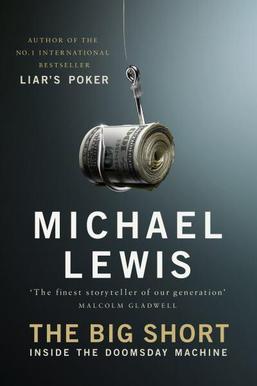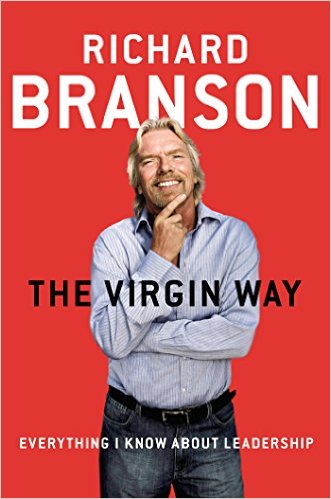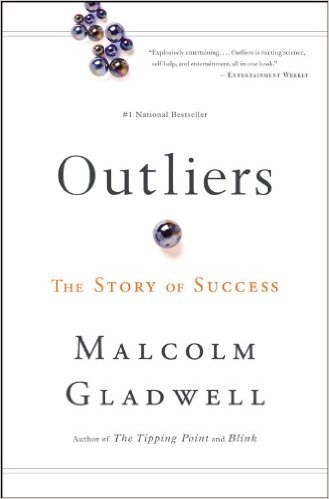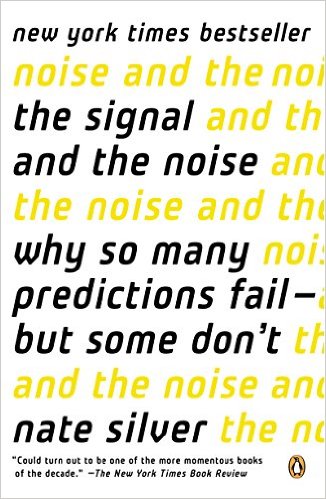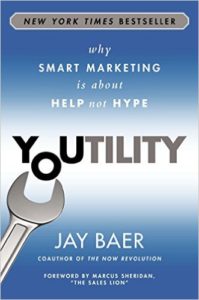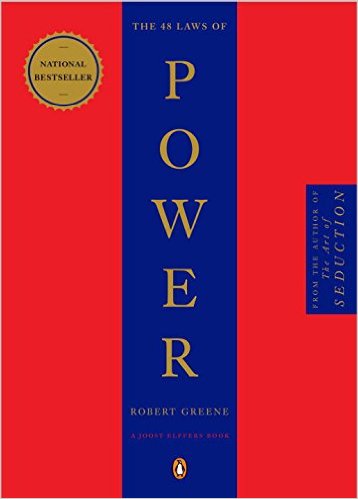I am currently reading (and loving)
Richard Branson‘s
The Virgin Way: Everything I know about leadership. Although I’m six chapters in, this is a book I’m recommending to peers and Branson’s take on the
mission statement –of which I found an excerpt on
Entrepreneur— really hit home.

RICHARD BRANSON
Author and Founder of Virgin Group.
At some point during the launch of your startup, it’s likely that a potential investor will ask you about your company’s mission statement. Many business management experts would argue that this should be your company’s cornerstone, inspiring and informing your employees in the years ahead. I can’t agree. The Virgin Group does have a mission statement — one that is brief and to the point. In general, there is too much importance being placed on such statements, but it is interesting to see how they reflect common missteps in business.
Most mission statements are full of blah truisms and are anything but inspirational. A company’s employees don’t really need to be told that “The mission of XYZ Widgets is to make the best widgets in the world while providing excellent service.” They must think, “As opposed to what? Making the worst widgets and offering the lousiest service?” Such statements show that management lacks imagination, and perhaps in some cases, direction.
At the opposite end of the scale is the statement that fails through flowery waffling. An example: “Yahoo powers and delights our communities of users, advertisers and publishers – all of us united in creating indispensable experiences, and fueled by trust.” That sounds wonderful, but what does it mean? Whoever wrote it should try listening to the company’s CEO, Marissa Mayer, who said in a recent speech, “Yahoo is about making the world’s daily habits inspiring and entertaining.” It’s not perfect, but it would be a step in the right direction.
Related: Richard Branson on Taking the Leap Into Entrepreneurship
Some companies are not actually able to carry out their mission. The reasons can range from a disruption in the markets to a merger or acquisition, and then there are cases like Enron’s: Before the giant energy company went bankrupt in 2001, ruining the lives of tens of thousands of employees and investors, its vision and values statement was “Respect, integrity, communication and excellence.” Say no more!
While some mission statements consist of one vague statement, others are too long, which may reflect management’s lack of understanding of what a company really does. The Warwickshire Police recently produced a new mission statement; to the police chief’s dismay, the resulting 1,200-word screed gained the attention of the media and was nominated for the Golden Bull award “for excellence in gobbledygook” from the Plain English Campaign, a group that helps organizations to provide clear communications. Not only was the rambling epistle filled with buzzwords and jargon, but the word “crime” was not mentioned once.
Still other companies don’t know what differentiates them from their competition. The mission statement for the pharmaceutical giant Bristol-Myers reads, “To discover, develop and deliver innovative medicines that help patients prevail over serious diseases.” Well, you can’t argue with that, but surely this can be said of every drug company on the planet. Why would a person choose to buy Bristol-Myers’ products or invest in its stock, rather than its competitors’?
Also read: Eight Fascinating Must-Read Books for Entrepreneurs
So that’s what not to do. If you are in a situation where you must write a mission statement, I think you should try for something closer to a heraldic motto than a speech. They were often simple because they had to fit across the bottom of a coat of arms, and they were long-lasting because they reflected a group’s deeper values.
When I was a boy, I was fascinated by such mottoes. One of my childhood heroes was the pilot Douglas Bader, who lost both his legs in a crash early in his career, but went on to fly fighter planes for the Royal Air Force during WWII. After seeing the movie “Reach for the Sky,” which told his heroic story, I remember asking my father about the RAF motto, “Per ardua ad astra.” When he told me that it meant, “Through adversity to the stars,” I thought the idea of battling one’s way to the stars at all costs was the most inspiring thing I’d ever heard. (It’s pretty similar to the “Toy Story” character Buzz Lightyear’s motto, “To infinity and beyond,” which some kids today think is pretty cool – especially some of my friends on the Virgin Galactic crew.)
Related: Richard Branson on How to Stay Inspired
A few years later, at Stowe School, I was taught the school’s motto, “Persto et praesto,” which means “I stand firm and I stand first.” This motto caused a lot of giggling among our group of adolescent schoolboys, but it was nevertheless excellent for guiding us forward into adult life. Brevity is certainly key, so try using Twitter’s 140-character template when you’re drafting your inspirational message. You need to explain your company’s purpose and outline expectations for internal and external clients alike. Make it unique to your company, make it memorable, keep it real and, just for fun, imagine it on the bottom of a coat of arms.
If we had to put ours on a coat of arms, Virgin’s would probably say something like, “Ipsum sine timore, consector,” which very loosely translated from the Latin means, “Screw it, let’s do it!”
Original POST

